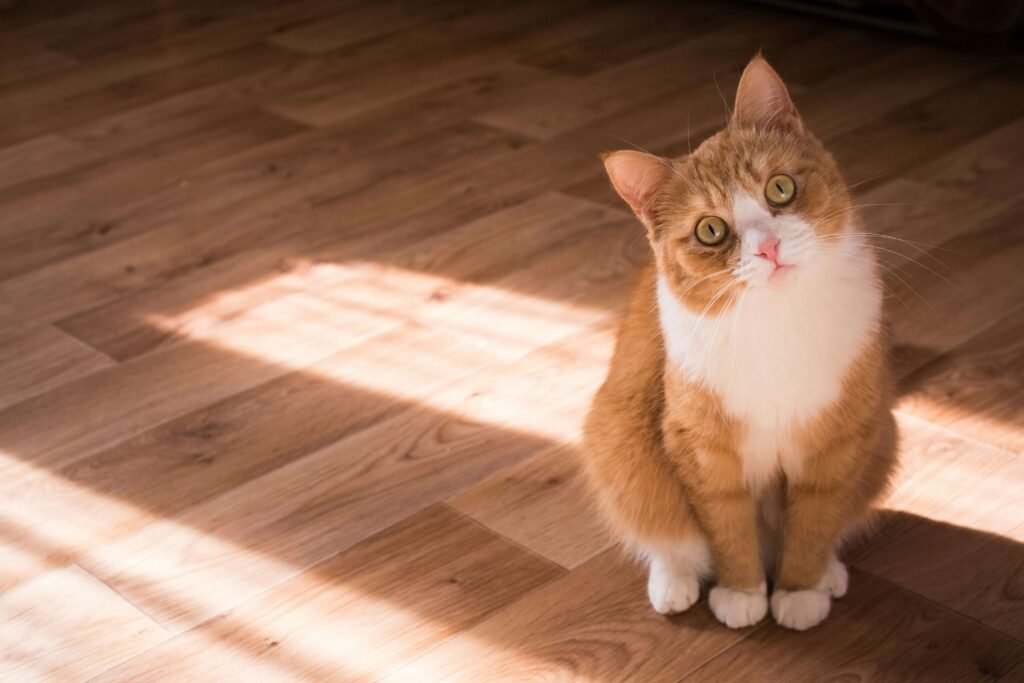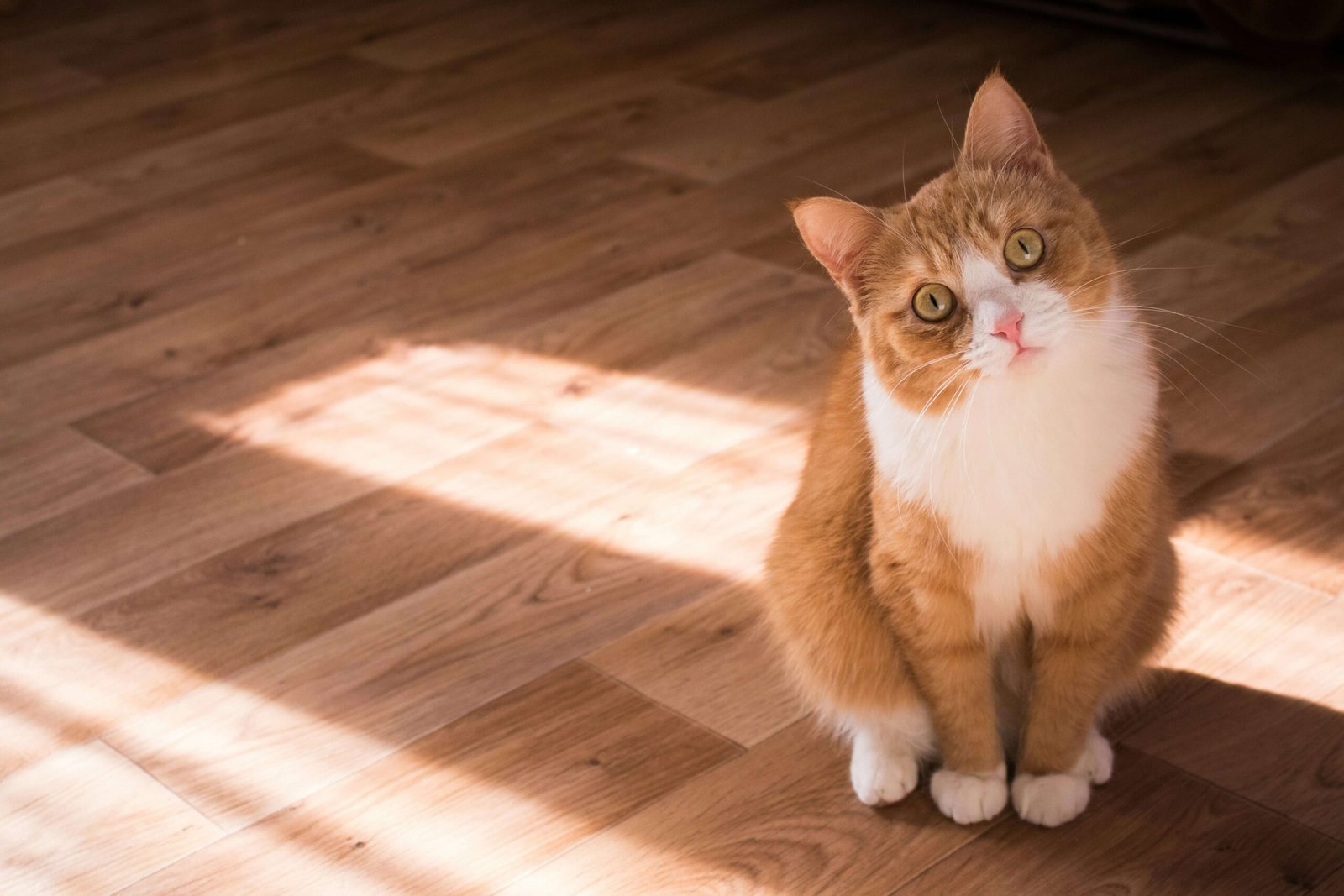Finding the Best Cat Litter for Odor Control: A Comprehensive Guide
If you’re a cat owner, you know how much joy your furry friend brings into your life. However, one downside of sharing your home with a feline companion is dealing with litter box odors. While no litter can completely eliminate smells, some options are far better than others at controlling unpleasant scents. Choosing the right cat litter for odor control is crucial not only for maintaining a fresh-smelling home but also for ensuring your cat’s comfort and health. In this guide, we’ll explore the top factors to consider when selecting the best cat litter for odor and provide practical tips to keep your home smelling clean and fresh.
Key Factors to Consider When Choosing Cat Litter for Odor Control
Selecting the right cat litter involves more than just picking the first bag you see at the store. To ensure you make an informed decision, here are some essential factors to keep in mind:
Absorbency : Look for litters that are highly absorbent. These litters soak up moisture quickly, preventing it from lingering and causing odors.
Odor-Neutralizing Additives : Some litters come with added ingredients like baking soda or activated charcoal, which actively neutralize odors rather than just masking them.
Clumping Ability : Clumping litters trap waste efficiently, making it easier to remove and reducing the chances of lingering smells.
Dust Levels : Low-dust litters not only improve air quality but also help minimize the spread of odors throughout your home.
Scented vs. Unscented : While scented litters may seem appealing, they can sometimes irritate cats or mask odors without addressing the root cause.
By considering these factors, you can narrow down your options and find a litter that truly works for both you and your cat. Remember, every cat is different, so what works for one household might not work for another.
Top Types of Cat Litter for Odor Control
With so many types of cat litter available, it can be overwhelming to decide which one is best for odor control. Here’s a breakdown of the most popular options and their benefits:
Clay Litter : Known for its affordability and strong odor control, clay litter is a popular choice among cat owners. It clumps well and absorbs moisture effectively.
Silica Gel Litter : This type uses silica crystals to absorb moisture and trap odors. It’s long-lasting and requires less frequent changes compared to other litters.
Natural or Biodegradable Litter : Made from materials like corn, wheat, or wood, these litters are eco-friendly and often have natural odor-fighting properties.
Pine Litter : Pine-based litters are great for odor control because they naturally neutralize smells. They’re also biodegradable and compostable.
Paper Litter : Soft and dust-free, paper litter is ideal for sensitive cats. It absorbs moisture well and helps reduce odors.
Each type of litter has its own unique advantages, so it’s worth experimenting to see which one works best for your household. Your cat’s preferences and your lifestyle will play a big role in determining the perfect match.
Check this guide 👉Banishing the Cat Litter Smell: Best 7 Expert Tips!
Check this guide 👉Top 3 Best Cat Litter Deodorizers for a Fresh Home!

Feature | Benefit |
|---|---|
High Absorbency | Reduces moisture retention and prevents odors. |
Odor-Neutralizing Agents | Actively eliminates unpleasant smells. |
Low Dust Formula | Improves air quality and minimizes odor spread. |
Long-Lasting Performance | Requires fewer litter changes, saving time. |
Eco-Friendly Materials | Supports sustainability while controlling odor. |
Tips for Maximizing Odor Control with Your Chosen Litter
Even the best cat litter for odor control needs a little help to perform optimally. Here are some tips to ensure your litter box stays as fresh as possible:
Clean Regularly : Scoop the litter box daily to remove waste promptly. This prevents odors from building up over time.
Use the Right Amount of Litter : Follow the manufacturer’s recommendations for how much litter to use. Too little won’t provide adequate coverage, while too much can lead to tracking.
Ventilate the Area : Place the litter box in a well-ventilated area to allow fresh air circulation, which helps dissipate any lingering smells.
Try a Litter Deodorizer : Natural deodorizers, such as baking soda or vinegar solutions, can enhance the odor-fighting capabilities of your litter.
Switch Litters Gradually : If you decide to change litters, do so gradually by mixing old and new litter. Sudden changes can upset your cat and lead to accidents outside the box.
By implementing these strategies, you can maximize the effectiveness of your chosen litter and maintain a fresher-smelling home.
Common Mistakes to Avoid When Managing Litter Box Odor
Even with the best intentions, it’s easy to make mistakes that compromise odor control. Here are some common pitfalls to avoid:
Overloading on Fragrance : Strongly scented litters or air fresheners can irritate your cat and may mask odors instead of eliminating them.
Neglecting Deep Cleaning : Even with regular scooping, it’s important to fully empty and clean the litter box periodically to prevent odor buildup.
Using Too Little Litter : Insufficient litter reduces absorption and clumping efficiency, leading to stronger smells.
Placing the Box in Poor Locations : Keeping the litter box in a cramped or poorly ventilated space can trap odors and make them worse.
Ignoring Your Cat’s Preferences : Cats are particular about their litter. Ignoring their preferences can result in avoidance behaviors and increased odor issues.
Avoiding these mistakes will go a long way in creating a pleasant environment for both you and your pet. Always prioritize your cat’s comfort and hygiene when managing litter box odors.
Benefits of Using Natural Cat Litter
Natural cat litters are gaining popularity among eco-conscious pet owners. These litters are made from renewable resources and offer several unique advantages for odor control and overall household harmony. Here’s why you might consider switching to a natural option:
Eco-Friendly Materials : Made from corn, wheat, or recycled paper, these litters are biodegradable and compostable, reducing your environmental footprint.
Dust-Free Formulas : Many natural litters produce minimal dust, which helps maintain better air quality and reduces the spread of odors.
Odor Absorption : Ingredients like plant fibers naturally neutralize odors instead of masking them with artificial fragrances.
Lightweight and Easy to Handle : Natural litters are often lighter than clay-based options, making them easier to carry and pour.
Safe for Sensitive Cats : Free from harsh chemicals, they are ideal for cats with allergies or respiratory issues.
Switching to natural cat litter not only benefits the planet but also creates a healthier environment for you and your pet. It’s a win-win solution that combines sustainability with functionality.
Signs You Need to Change Your Cat Litter
Sometimes it’s hard to know when it’s time to switch to a new type of cat litter. However, certain signs can indicate that your current choice isn’t performing well enough for odor control. Keep an eye out for these red flags:
Persistent Odors : If you notice strong smells even after cleaning the litter box, it’s a sign your litter isn’t doing its job effectively.
Excessive Tracking : Litter that sticks to your cat’s paws and spreads throughout the house can also carry unpleasant odors into other rooms.
Frequent Scooping Needed : If you find yourself scooping multiple times a day just to keep up with odors, your litter may lack sufficient absorbency.
Your Cat Avoids the Box : Cats are sensitive to their environment. If your feline friend starts avoiding the litter box, it could be due to discomfort caused by poor odor control.
Visible Clumping Issues : Litters that don’t clump well leave behind residue that contributes to lingering smells.
Recognizing these signs early can help you make timely adjustments, ensuring your home stays fresh and your cat remains comfortable. Don’t wait until the problem escalates—switch sooner rather than later.
How to Transition to a New Cat Litter Smoothly
Changing your cat’s litter can be stressful for both you and your pet if not done correctly. Cats are creatures of habit, and sudden changes can lead to resistance or accidents. Follow these steps to ensure a smooth transition:
Mix Old and New Litter : Start by blending a small amount of the new litter with the old one. Gradually increase the ratio over a week or two.
Maintain Consistency : Keep the litter box in the same location and stick to your usual cleaning routine during the transition period.
Observe Your Cat’s Behavior : Watch how your cat reacts to the new litter. Positive reinforcement, like treats or praise, can encourage acceptance.
Provide Multiple Boxes : If you have more than one cat, offer boxes with both types of litter during the transition to give them a choice.
Be Patient : Some cats take longer to adjust than others. Give your pet time to get used to the new texture and scent before fully committing to the change.
A thoughtful approach to transitioning will minimize stress and help your cat adapt more easily. Remember, patience is key when introducing any change to your pet’s routine.
Frequently Asked Questions About Cat Litter for Odor Control
How often should I change my cat’s litter?
For clumping litters, scoop daily and replace the entire box every 2-4 weeks. Non-clumping litters should be changed weekly.
Can I use scented litter to control odors?
While scented litters can help, they may irritate sensitive cats. Opt for unscented litters with natural odor-neutralizing properties if possible.
What is the best litter for multi-cat households?
Silica gel or highly absorbent clay litters tend to work well in multi-cat homes due to their durability and odor-control capabilities.
Are biodegradable litters effective for odor control?
Yes, many biodegradable litters are designed to combat odors effectively while being environmentally friendly.
Why does my cat avoid the litter box after I switched litters?
Cats are creatures of habit. Introduce new litter gradually and ensure the texture and scent align with your cat’s preferences.
Final Thoughts: Creating a Fresh and Happy Home for You and Your Cat
Choosing the best cat litter for odor control doesn’t have to be a daunting task. By understanding the key factors, exploring different types of litter, and implementing smart maintenance practices, you can create a clean, odor-free environment that keeps both you and your feline companion happy. Remember, the goal is to strike a balance between functionality, comfort, and sustainability. With the right approach, you’ll enjoy all the joys of cat ownership without compromising on freshness or cleanliness.
Can a Cat Die from a Cold? Best 7 Expert Tips! Learn how to identify, treat, and prevent feline colds while understanding when to seek veterinary care for your cat’s health.
Cat Screaming for Food: Best 7 Expert Tips! Discover effective strategies to manage your cat's food-related vocalizations and create a peaceful feeding routine.
Aspiration Pneumonia in Cats: Best 7 Expert Tips! Discover causes, symptoms, and treatment advice to protect your cat’s respiratory health and ensure a speedy recovery.
Hip Dysplasia in Cats: Best 7 Expert Tips! Discover expert advice on managing hip dysplasia in cats, from symptoms and prevention to treatment options for a happier, healthier feline life.





